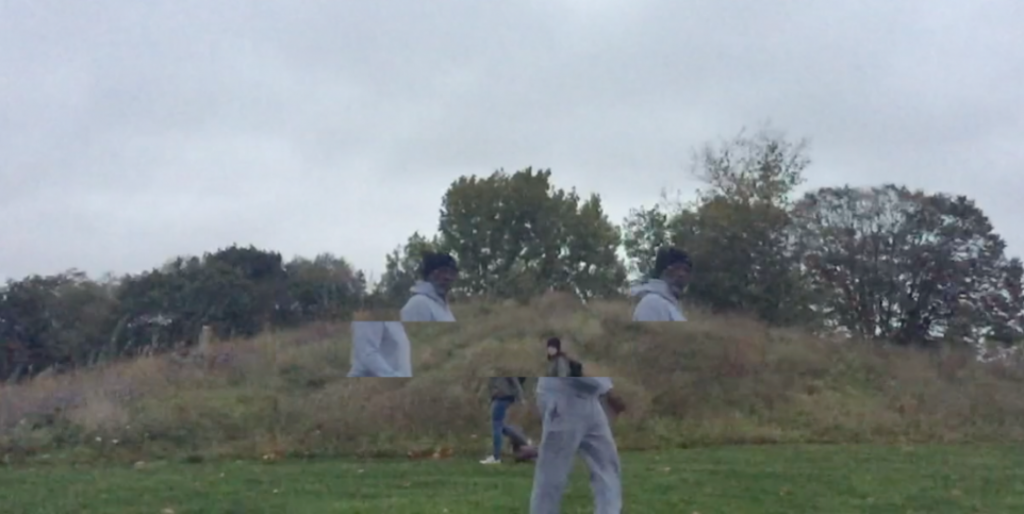










http://oliverlaric.com/


‘Curtains, looking outside’ by Co Westerik, on display recently at Sadie Coles’ Kingly Street location in Soho as part of his solo exhibition ‘body and landscape’. “Concentrating mostly on the last two decades of his life, the forty paintings in the exhibition chart the artist’s prolific late phase. The show was inspired by the comprehensive and revelatory retrospective presented at the Museum Boijmans Van Beuningen between February and May this year, curated by Francesco Stocchi.
Westerik’s works often began with images from the real world – hands, plants, recumbent bodies, anonymous heads and other everyday subjects that point back to his origins at the Academie van Beeldende, The Hague, from 1945-47, with its emphasis on stylized figuration. Yet the act of painting was a means of probing the inner life and underlying strangeness of ordinary things. Westerik described his process as “an expedition in search of territory deep down”. Working slowly and employing a combination of oil paint and tempera, he translated everyday sensations and sights into modern-day emblems.
The views presented are typically close-up and truncated – a wrinkled foot making contact with the ground, for instance, or a man levering back his head to shave beneath his ear. Many of the subjects are depicted against a horizontal conjunction of earth and sky – an open, understated realm.
Westerik’s works resemble frescoes in their execution – he usually applied paint in smooth, thin, partially transparent layers. And yet they achieve an iridescent realism that crosses into the surreal or symbolist. Flesh is repeatedly the focus of that transition from the palpable to the otherworldly – in its variegated textures, its capacity to age or distend, or its ability to symbolize emotional or psychological states. Often, the scale of the body is indeterminate.” – Sadie Coles








